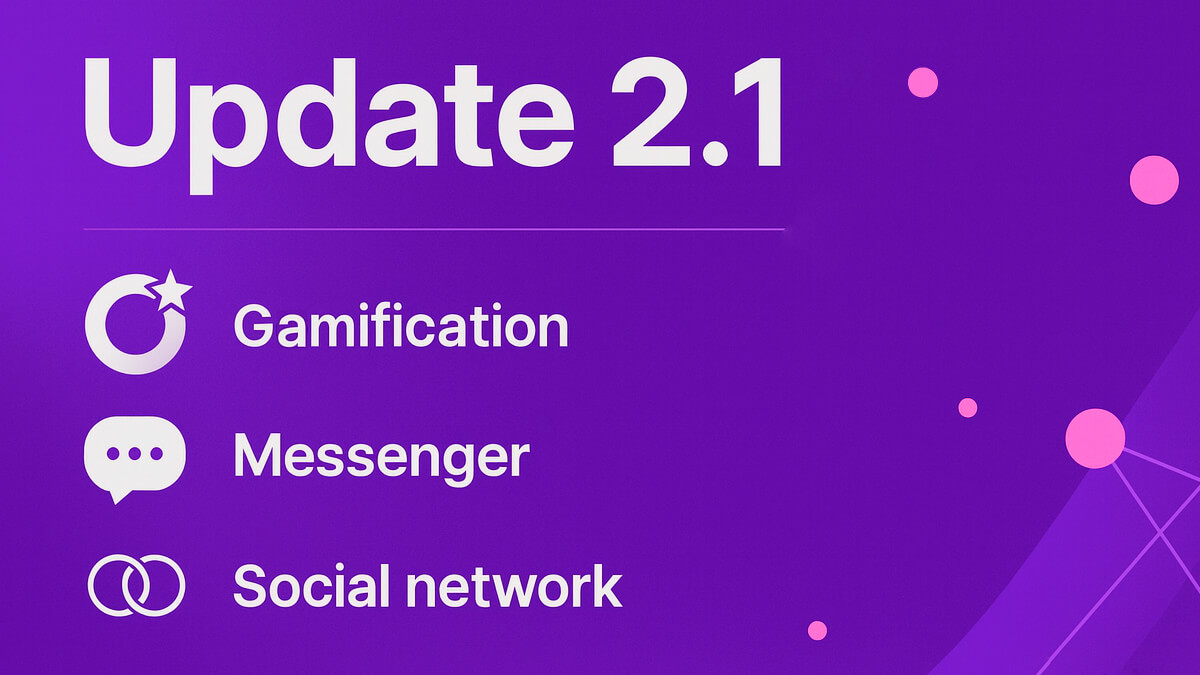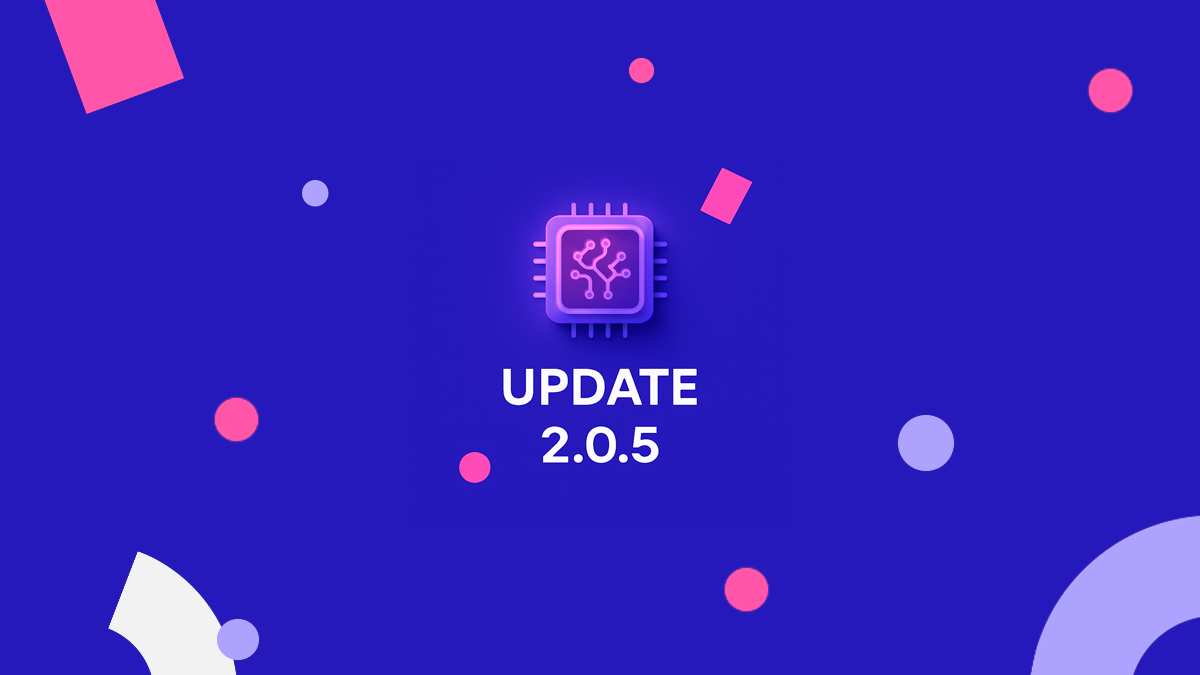4 Decisions for Building an Exceptional Online School Website

Creating an online school website is a significant leap in the expansion of educational accessibility to a broader global audience. This innovative venture, however, requires meticulous decision-making to optimize functionality, user engagement, and overall user satisfaction. In this comprehensive guide, we delve into the five best decisions you need to make when developing an online school website.
1. Choosing the Right Platform
Choosing an appropriate platform is the initial pivotal decision in the creation of your online school website. Your chosen platform will determine how you handle content, update lessons, engage with users, and enhance the overall functionality of your site. Each platform comes with its strengths, and choosing the right one depends on your specific needs and skills.
WordPress: This platform, ideal for both novices and seasoned web developers, provides flexibility and control over your site. WordPress has numerous plugins, like LearnDash and LifterLMS, enabling you to design a comprehensive online school. These plugins offer various features, such as the ability to create courses, track user progress, administer quizzes, and so much more.
Wix: Known for its user-friendly interface, Wix is an intuitive platform to navigate. It offers a specialized solution, Wix Education, allowing you to create, manage, and sell online courses with ease. For example, if you are creating a photography course, you could use the Wix Bookings feature to schedule classes, making it convenient for both you and your students.

Squarespace: Famous for its visually pleasing and responsive design templates, Squarespace is the go-to option if your primary aim is to create a visually stunning online school. The platform’s aesthetics can greatly enhance the appeal of art or design-centric courses.
Weebly: Now owned by Square, Weebly provides a wide range of features specifically tailored for educational websites. The platform also offers integration with Square payment systems, making it easier to handle financial transactions.
Creating from scratch: This approach is a viable option for those who want full control and have the budget and time to spend. With a custom-built website, you can determine every aspect and functionality of your site to match your specific needs. For example, you may wish to integrate a unique grading system or a specialized student communication platform that is not available on standard website builders.
However, it is worth considering that such an approach may require significant investments of time and money, as well as high technical knowledge and programming skills. In other words, creating a website from scratch provides full control and flexibility but can be a more complex and costly process compared to using standard website builders.
2. Prioritizing User Experience (UX) and User Interface (UI)
A user-friendly interface is essential to attract and retain learners on your website. Therefore, it’s important to create a simple and intuitive navigation system. Utilize UX/UI best practices to make your online school website easy to navigate and visually appealing. For example, use clear headings and subheadings, straightforward navigation menus, and well-categorized courses. A search bar can also be a powerful tool, enabling students to find relevant courses or content quickly and effortlessly.
3. Seamless Payment Gateway Integration
To sell your courses online effectively, a secure and reliable payment gateway is paramount. It’s important that the payment gateway is not only secure but also user-friendly, offering multiple payment options. The most popular ones include credit/debit cards, PayPal, mobile wallets, and even some cryptocurrencies. For instance, platforms like Fondy and PayPal offer seamless integration and are trusted by millions worldwide, providing an added sense of security to your users.

4. Optimization for SEO and Mobile
Creating an SEO-optimized site will increase visibility, attract more learners, and improve conversion rates. Using keyword-optimized content, meta tags, and ensuring fast load times can help improve your search engine rankings. For example, if you’re running a website offering coding courses, using keywords like “online coding courses,” “learn coding online,” etc., can help improve your visibility on search engines.
In the modern digital age, a large proportion of internet users access the web via mobile devices. Hence, it’s critical to ensure your website is mobile-optimized. Responsive design that adjusts to different screen sizes, easy-to-click buttons, and fast loading times on mobile devices are all essential to cater to mobile users.
In conclusion, building an online school website is a task that requires strategic decisions about the choice of platform, emphasis on UX/UI, integration of a seamless payment gateway, and the importance of SEO and mobile optimization. If managing all these aspects seems daunting, or if you prefer not to bother with creating an extensive Learning Management System on your site, platforms like Softbook are a worthwhile consideration. Softbook provides robust, ready-to-use solutions specifically tailored for educational purposes. This leaves you more time to focus on creating high-quality content and fostering productive student engagement. With careful planning and execution, you can create an educational platform that delivers immense value to learners while fulfilling your business objectives.
Articles are good, but social media posts are faster!
Subscribe to us and be the first to receive tips and tricks
on promoting your online school!


Earn money on your knowledge and experience with
Softbook!
to the platform for setting up your own school!





